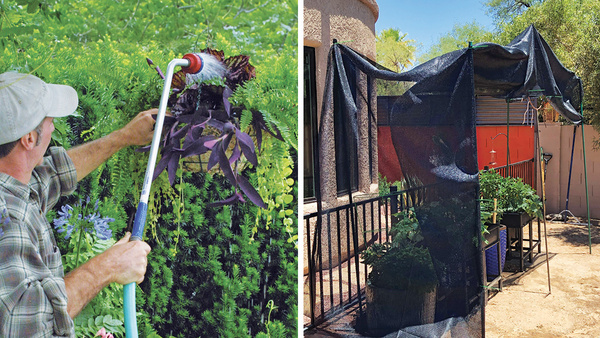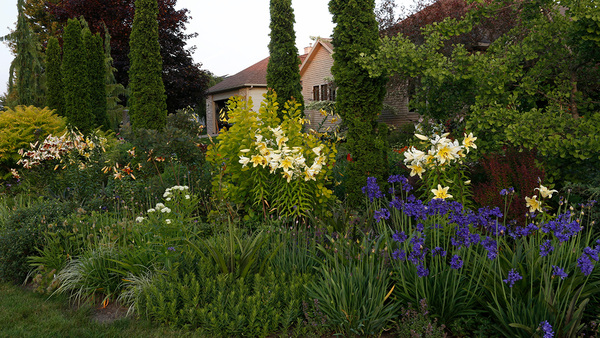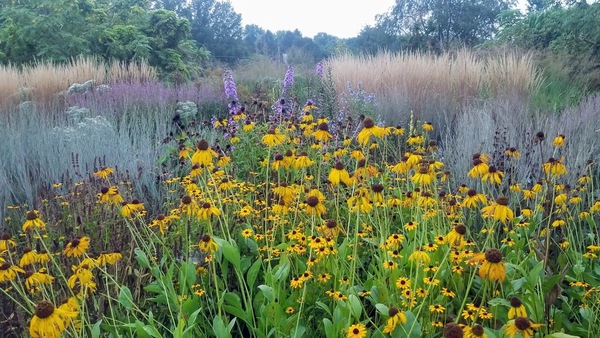
Most gardeners are familiar with the USDA plant hardiness zone map, which represents cold hardiness. But cold hardiness only indicates one aspect of a plant’s preferred conditions. Its ability to tolerate heat is equally important. You might have seen heat zones listed along with hardiness zones on your plant labels, but what do they mean? The following info will help you better understand and use this valuable gardening tool.
See more
The Best Plants for Areas with Extreme Heat
Tips for Keeping Plants Alive Through a Heat Wave
8 Inspired Drought-Tolerant Plant Combinations for a Water-Wise Landscape
AHS heat zone map
The American Horticultural Society’s heat zone map can help you determine how plants will cope with heat.
This map is divided into 12 zones to indicate the average number of days in a year when the temperature rises above 86°F. Since this map was developed for the United States, it does not cover Canada, but gardeners in southern Canada can use the northernmost areas of the map as an approximate guide.

What are heat zones?
Heat zones are specific areas on the American Horticulture Society’s heat zone map. This map categorizes regions of the United States based on the average number of “heat days” per year—that is, days with temperatures above 86˚F—which is a critical threshold for plant physiology, since most plants begin to suffer stress at this level. Each heat zone indicates a range of the number of heat days in each region.
How do you read the heat zone map?
The color-coded map indicates heat zones across the United States between 1 (no heat days) and 12 (210 or more heat days). Find the color of your region on the map and match it to the key indicating your heat zone, then compare that to plant tolerances. Each plant has a range of heat zones that it can tolerate, which is similar to how plants can thrive in a range of hardiness zones. While not all sources currently indicate a plant’s heat-zone range, the system is becoming more widely adopted, and websites, catalogs, and plant labels are starting to list this information more readily.
How do you select plants based on heat zones?
Because this map was created in 1997, your heat zone is likely slightly hotter than indicated on the map. For the greatest success, select plants that are well within your region’s heat zone. If you live at the hottest extreme of a plant’s range, you might consider providing afternoon shade or another form of protection to modify the growing environment.
Kim Toscano is a horticulturist, entomologist, garden designer, writer, and graphic designer. She previously hosted Oklahoma Gardening, a weekly television program produced by the Oklahoma Cooperative Extension Service.



















Comments
Log in or create an account to post a comment.
Sign up Log in